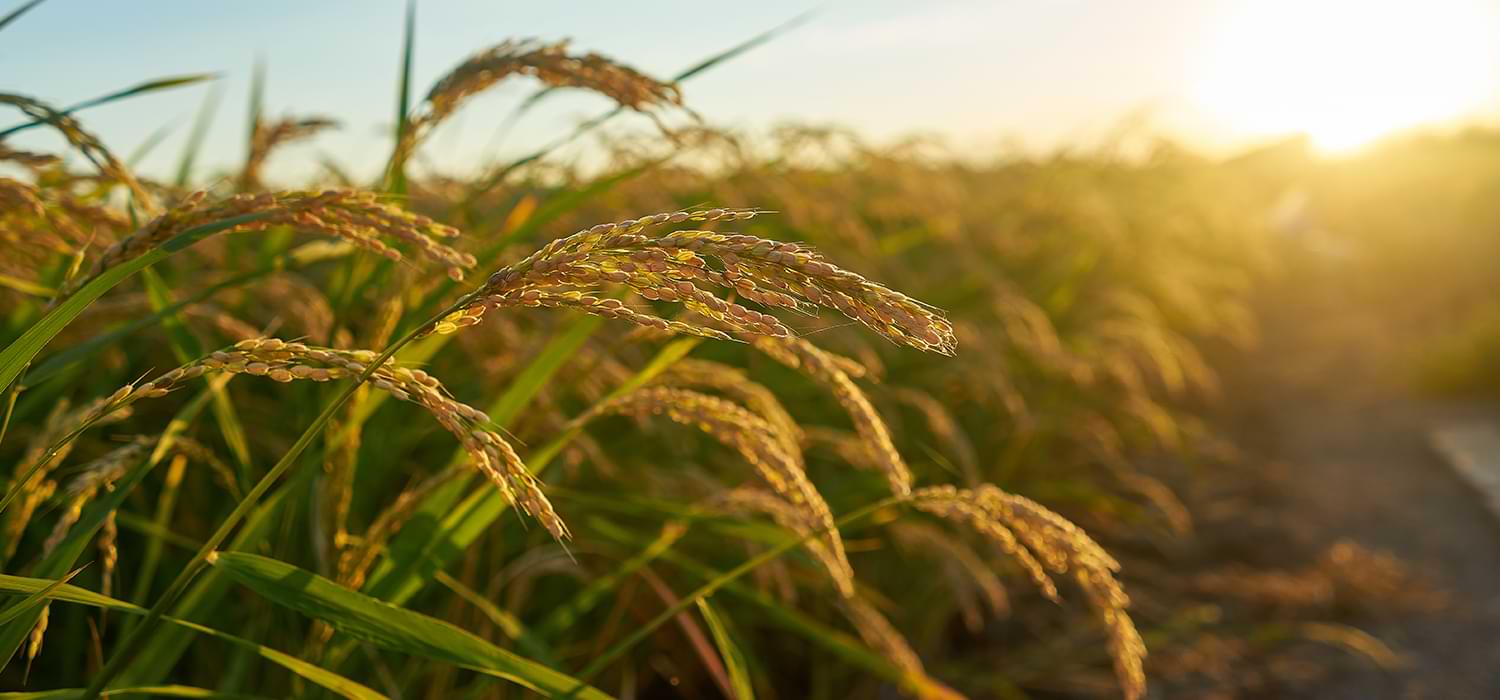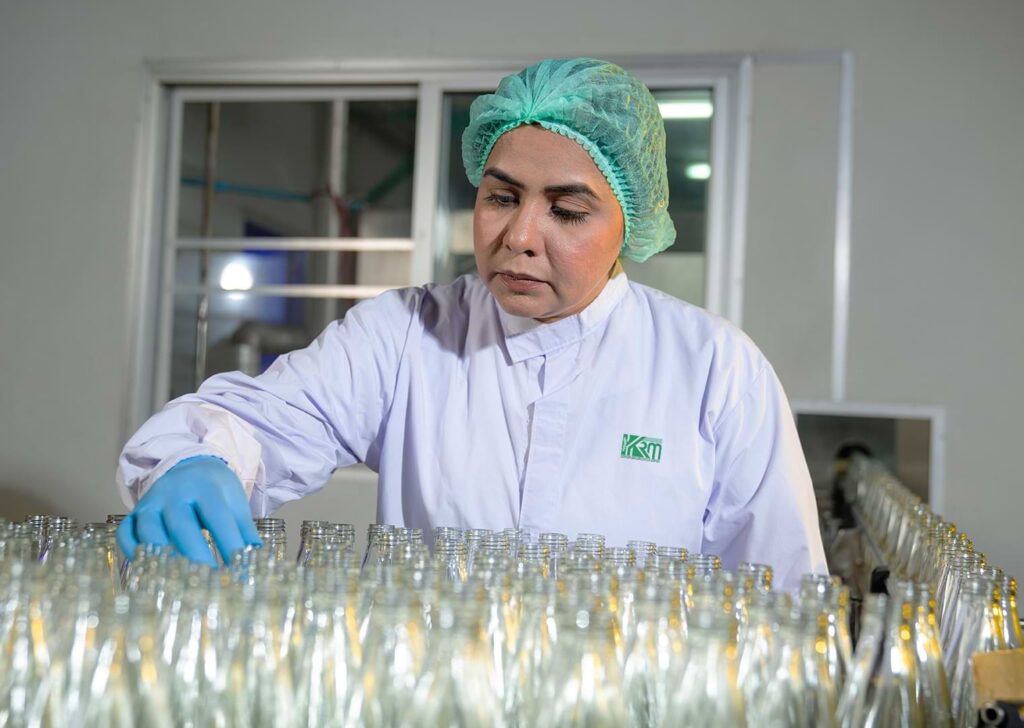
Rice is more than just a staple food. It is a grain that connects cultures, sustains livelihoods, and drives international trade.
With billions of people depending on it daily, the global rice industry continues to expand rapidly, with one key aspect being quality!
The journey of quality begins in the fields. Farmers invest months in cultivating healthy paddy under the right climatic conditions.
A well-cultivated crop, free from pests and diseases, ensures that the rice maintains its aroma, taste, and nutritional value.
Exporters who pay attention to the farming stage and work closely with growers secure the foundation of excellence before the milling process even begins.
At the milling stage, quality becomes even more critical. Modern mills rely on advanced equipment to clean, de-husk, and polish grains while minimizing breakage. The objective is not just to make rice visually appealing but to protect its natural fragrance, cooking quality, and texture. Uniform grains, minimal impurities, and reliable consistency are the hallmarks of premium rice.
When our rice reaches the international market, quality is what truly builds our client trust.
However, for a type of rice, every country has its own preferences. In China and Malaysia, long-grain varieties with pleasing aroma and cooking performance are highly demanded by households and restaurants.
The Philippines has a growing appetite for both fragrant rice and affordable medium-grain varieties that suit everyday meals.
In Kenya, Mozambique, the Ivory Coast, and Senegal, rice imports are essential to meet domestic demand, and buyers value shipments that are free from impurities, resistant to spoilage during transit, and consistent in quality.

For these African markets, reliable supply and freshness are just as important as the taste and texture of the rice itself. Exporters must also meet strict international standards.
Moisture control, pesticide residue limits, and proper grading are key to ensuring rice passes inspections in importing countries.
Any compromise in these areas risks rejection of shipments, financial loss, and damage to business reputation. On the other hand, consistently meeting these requirements positions exporters as trusted partners in global trade.
Packaging and logistics further define quality. Even the finest rice can lose its appeal if damaged during transportation. Exporters who invest in durable, moisture-resistant, and well-branded packaging ensure that rice remains fresh when it arrives in ports from Asia to Africa.
This not only maintains the integrity of the grain but also strengthens brand identity in competitive markets.
In recent years, sustainability has also become a part of the quality equation. Buyers in Asia and Africa alike are increasingly conscious of how food is produced.
Exporters who adopt eco-friendly practices in cultivation, energy-efficient milling processes, and sustainable packaging stand out. For many importers, the story behind the rice, grown responsibly and ethically, adds as much value as its flavor and texture.
Ultimately, quality in the rice industry is about meeting expectations. More like ensuring that a family in Malaysia enjoys fragrant rice at dinner, a restaurant in China prepares consistent long-grain dishes, and households in Kenya, Mozambique, the Ivory Coast, and Senegal receive affordable yet premium-quality rice for their daily meals.
For exporters, prioritizing quality at every stage creates long-term partnerships, strengthens reputations, and secures a prominent place in global markets.